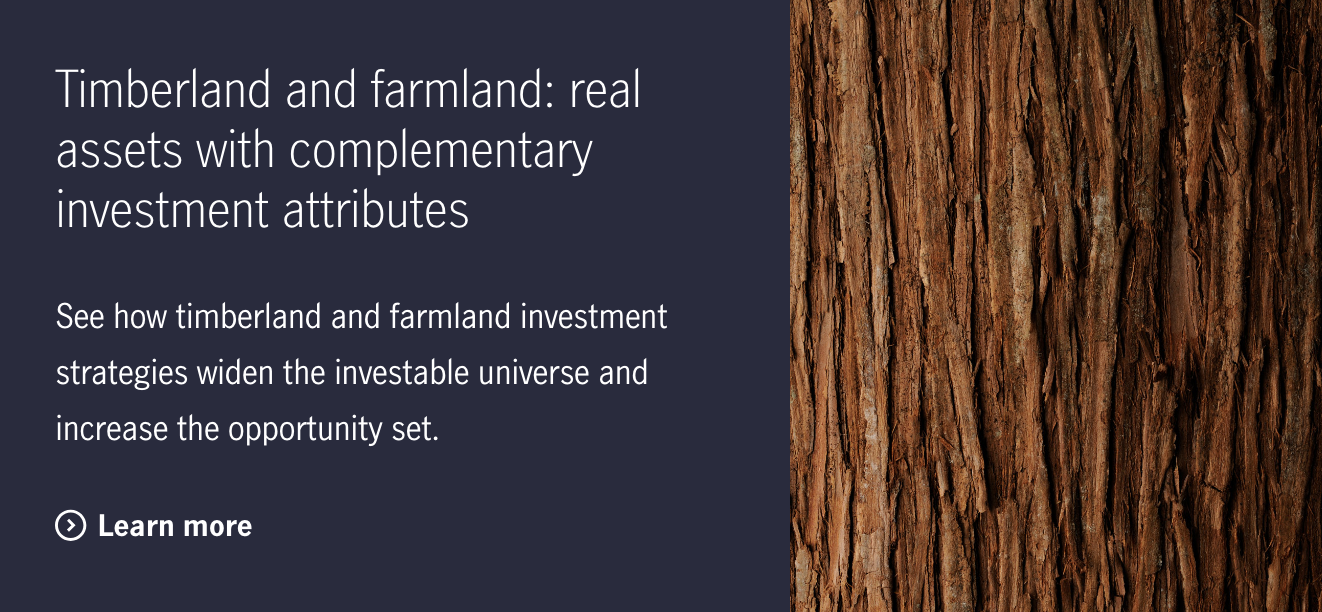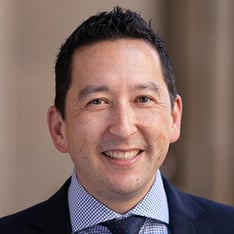One of the country’s largest landholders has warned that the massive appetitive for investment into the carbon space is putting local communities on edge and risks overwhelming food production.
Tom Murphy, head of agriculture and natural capital at Queensland Investment Corporation (QIC), is responsible for 1% of Australia’s landmass across 6 million hectares via its investment in the North Australian Pastoral Company (NAPCo).
Mr Murphy said that in south-west Queensland particularly, large institutional and private investors have been buying up acreage and converting it to carbon projects.
 “Basically kicking off the agricultural production, and just developing those farms from a carbon project perspective, (there’s) a lot of tension in the community around that,” Mr Murphy told a panel at the Australasian Emissions Reduction summit.
“Basically kicking off the agricultural production, and just developing those farms from a carbon project perspective, (there’s) a lot of tension in the community around that,” Mr Murphy told a panel at the Australasian Emissions Reduction summit.
“I think those issues are going to continue. As the price of those credits start to increase, you're going to see environmental projects trade off against agricultural production.”
Speaking on a separate panel at the conference, Australian Farm Institute executive director Richard Heath said commitments to net zero by major companies had already resulted in “perverse outcomes,” particularly as some offset programs had failed to live up to expectations.
“You already have mining and energy companies buying farms to plant fence to fence with trees to take control of their own destiny in terms of offsetting. They've said it to me directly they don't have enough confidence in the (offset) market yet,” Mr Heath said.
Farmers and regional communities need assistance
Mr Murphy said more needed to be done to ensure there was a balance between food production and environmental projects, and that communities particularly needed to be brought along.
“A lot of education has to happen at the farmer level around how they can benefit and ensuring that regional communities can benefit from it,” he said.
Mr Murphy believed progress was being made in terms of farmers understanding the value of natural capital, driven by the operational activities of institution investors in regional areas.
“If you can develop a carbon project or biodiversity project on a property in central Queensland, the neighbours will notice and learn from that. I've seen it within the North Australian Pastoral Company, where innovative station managers have taken it upon themselves to develop soil carbon projects.
“It would have been hard for them to really get going if they didn't have the capital of a larger institution behind them. But because they were successful, it benefited the rest of the station and managers within our whole portfolio,” Mr Murphy said.
“So, there's a leadership role and there's a proof of concept role, which I think institutional capital can play a part in.”
Mr Heath said net zero commitments were also flowing through to good agricultural practices, with canola farmers in particular seeing the benefits.
“You can get a $30 return premium now via ISCC certified canola into Europe for biofuels, because it is recognised as low of carbon intensity,” Mr Heath said.
“It has been a really, really significant thing for the canola industry over the last couple of years and added to the huge increase in value of the industry.”

AFI executive director Richard Heath.
Property prices increasingly to be influenced by natural capital investors
Mr Murphy said that over the last few years, he had increasingly seen properties for sale which explicitly referenced the opportunity to develop carbon projects and expected to see demand from investors, depending on the scale of the operation.
“You've already got new buyers in the market looking for pastoral properties in particular for large-scale carbon projects. From that point of view, they're starting to factor in (that potential) value on these properties,” he explained.
“What you're not seeing necessarily is a clear premium applied to properties yet (his emphasis), but they have started to be mentioned in the sale attributes.”
READ MORE: Why carbon developer GreenCollar sold for $800m
On the flipside, for those properties for sale where the natural capital activity had already been undertaken, buyers were particularly wary about what commitments had to be met.
“Increasingly, buyers are sensitive to the obligations they’re taking on with a new property. Biodiversity, in particular, will become more and more pertinent in terms of the biodiversity offset project that's been established, or down the track, the biodiversity refuge, nature refuge, or biodiversity credit project,” Mr Murphy said.
That natural capital element was preventing price falls in other nature-based assets, according to another panellist, Nick Ping, deputy chief investment officer at Manulife Investment Management.
The $US437 billion ($A680bn) investment giant, which owns $US 11 billion of timber plantations globally, has 21% of its assets in Australia.

Screenshot from Manulife Timber website.
Mr Ping said that while other asset classes such as public infrastructure and commercial real estate had seen their valuations fall as interest rates rose, he “hasn't seen anything like that flowing through to the timberland space”.
“There’s obviously still strong demand for those timberland assets and these natural capital assets that can provide these benefits,” he said.
In a sign of how valuable the carbon sequestration element had become in terms of valuation, Mr Ping said he’s “seeing strong appreciation in what we would typically refer to as marginal forests”.
“We're seeing a progressive movement from commercial timber, producing timber for housing and construction, into developing forests that aren't as highly productive but they have great carbon value,” he said.
Weight of investor money to drive change
The natural capital space is likely to only increase, as investor scrutiny is driven by new accounting rules will force companies to report on their supply chain emissions.
READ MORE: Farmers feel pressure to report on emissions

Aware Super CEO Deanne Stewart (middle) with Kerry Schott, former Energy Security Board chair.
Consumer sentiment is also forcing change. In the opening panel of the conference, Deanne Stewart, CEO of Aware Super with $150bn under management, described climate as “one of the biggest risks in our portfolio over the medium and long timeframe. And the biggest investment opportunity as well.”
Ms Stewart said major climactic events, such as floods and bushfires, led to increased pressure from its 1.1 million-strong member base to adjust its investment policy.
“Members and stakeholder pressure is elevated in the last number of years,” she said.
“We saw it really dial up when the bushfires and the floods were happening. That absolutely was a game changer in the community. The letters started flooding in.”
 Results
Results
